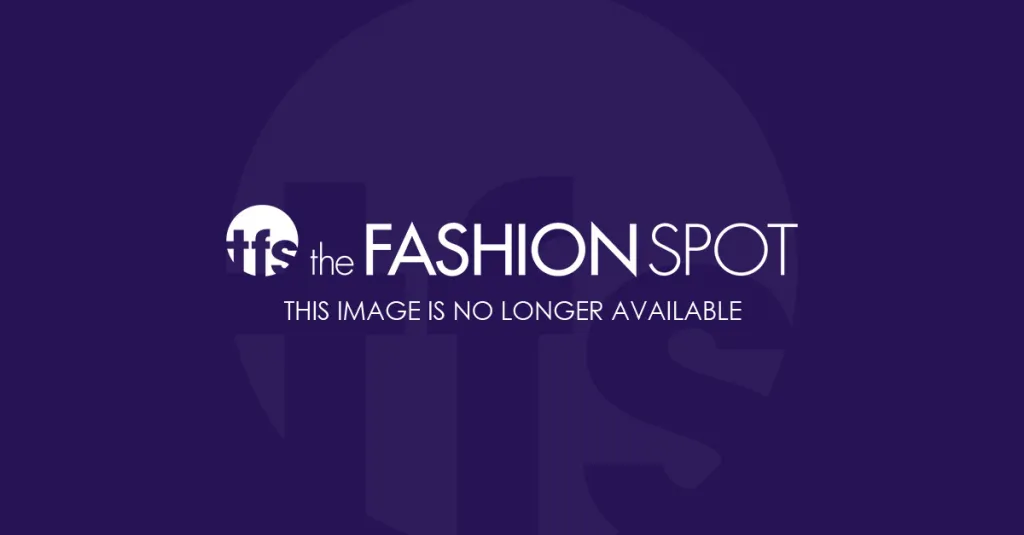Ever wonder how much premium you’re paying for a designer diamond? Or what shape has the most luster? We asked David Allen and Vadim Weinig, of UK-based 77 Diamonds, a jeweler specializing in engagement rings and diamond jewelry, to tell us everything we need to know when shopping for diamonds.
theFashionSpot: Can you explain the grading system for diamonds?
Most people talk of the 4 C’s for diamonds, but at 77 Diamonds, we refer to the 5 C’s: Carat, Color, Clarity, Cut and Certificate:
- Carat refers to the weight of diamonds – which is predominantly the size.
- Color refers to how white the diamond is (the lower the color the more yellow/brown it is).
- Clarity refers to how pure the stone is and whether the blemishes and inclusions in the stone can be seen with the naked eye or only under magnification.
- Cut refers to the sparkle and how light passes through the diamond – the better the cut the more sparkly the diamond!
- The Certificate of a diamond is something not everyone considers, but it’s very, very important; you should always buy a diamond that has been certified in order to have validity over the quality of the purchased stone. We only sell diamonds certified by internationally recognized certifications boards – we never self certify as this can lead to a grading bias, which essentially undermines the diamond grading industry as a whole (see more details here).
tFS: What shapes tend to have the most luster?
Typically, Brilliant cuts have the best sparkle. Most classic shapes we display are brilliant, the rest, namely Asscher and Emeralds, are step cuts and Cushion are mixed cuts. Round diamonds sparkle the best of all the brilliant cuts due to their super symmetrical properties.
tFS: When it comes to color, which are the least and most valuable (assuming equal quality)?
The top three diamonds colors DEF are guaranteed to be completely colorless with little visible variation between the three. Diamonds that are JKL color may have a slight yellow tint to them which makes them better suited for yellow or rose gold which will hide the tint to the stones. Diamond colors do go down to Z as well, but jewelry grade diamonds are generally up to K/L, bearing in mind that many high street jewelers will sell self certified H/I colors when they would actually be graded as M/N or worse if they were given to GIA, the internationally recognized industry reference when it comes to diamond grading.
tFS: When shopping for diamonds what are key things to look for? Key things to avoid?
The cut of the diamond is really important – you need your diamond to sparkle, so an Excellent or a Very Good cut is essential in order to guarantee lots of life and sparkle. Things to avoid – diamonds that are not certified. You need to know what you’re buying is what you’re told it is. With diamond clarity also, the most important thing are that there are no visible inclusions to the diamond as you can only see the difference under magnification.
tFS: Can you give us an idea of price points? What kind of quality diamond can you expect for $1,000, $5,000, $10,000, $20,000?
- $1,000 – 0.40-0.50ct Diamond of medium quality (G-I Color)
- $5,000 – 0.90-1.0ct Diamond of medium quality (G-I Color)
- $10,000 – 1.5ct Diamond of medium quality (G-I Color)
- $20,000 – 2.0ct Diamond of medium quality (G-I Color)
tFS: How much of a mark up is there if you are buying a brand name diamond?
From our own research comparing ourselves with the diamond market as a whole, some of the high end jewelry brands proved to be 75% more expensive than we are. Diamonds are the same no matter where you buy them, they’re all essentially the same mineral – the important thing is the price tag, not the color of the box or the bright lights of the storefront.
tFS: Tips for selling diamonds?
It’s a tricky subject as there are no great means for privates to sell back into the market. The reality is that the options are pretty much the same as with everything else, you can eBay it or go to a pawn store.
tFS: Any tips for finding reputable dealers?
Do your research; so many companies are online now as it is cheaper and easier to do, so finding a dealer online may guarantee you get the best for your budget.
tFS: Can you talk a little bit about the ethics around diamonds and blood diamonds?
Like many industries, there have been unfortunate events in the history of the diamond industry. Blood diamonds are stones mined in a volatile area (usually a war zone) and are used to finance illegitimate business affairs at the expense of the workers and often their lives. Diamonds should be sourced ethically with no exploitation of any work involved. The United Nations set up the Kimberley Process so that rough diamond producing countries take measures to ensure they buy and sell clean diamonds. Interestingly enough, the usage of mobile phones, whilst a less glamorous topic for the media, is a much more serious affair than Blood Diamonds, as 50% of mobile phones use Coltan sourced from war-torn Congo. When it comes to “Blood mining” it doesn’t get much worse than that.
tFS: How can you assure that your diamond was ethically sourced?
You must always ensure the diamond retailer you deal with has written assurances from their diamond suppliers that the stones were sourced in accordance to the Kimberley Process. We source our stones from over 70% of the world’s diamond manufacturers and we only work with them on the basis they adhere to the Kimberley Process and can guarantee that the stones were sourced ethically.




